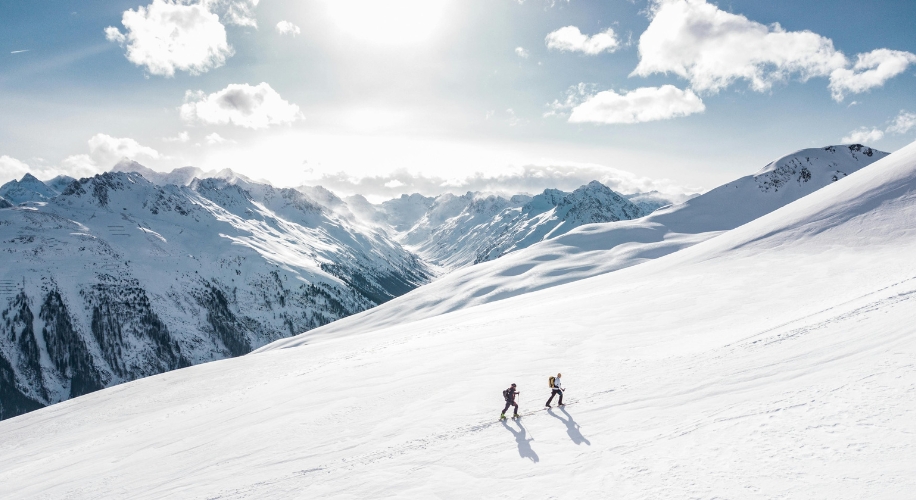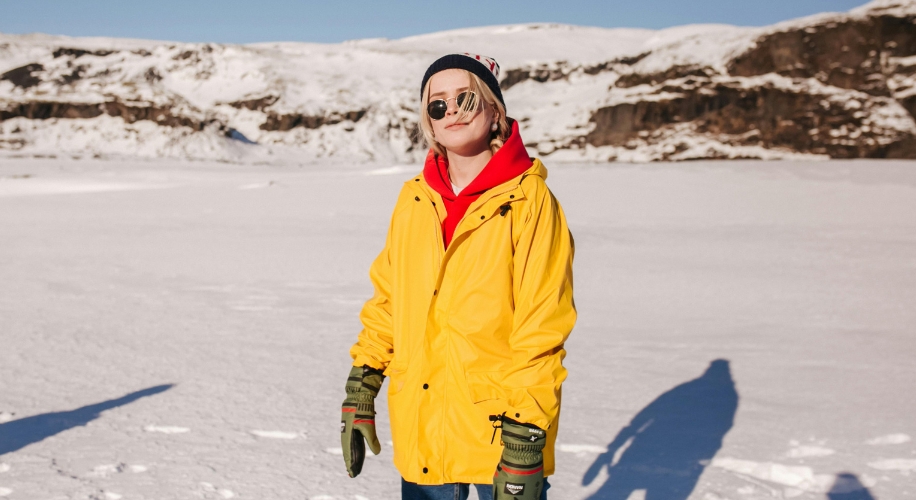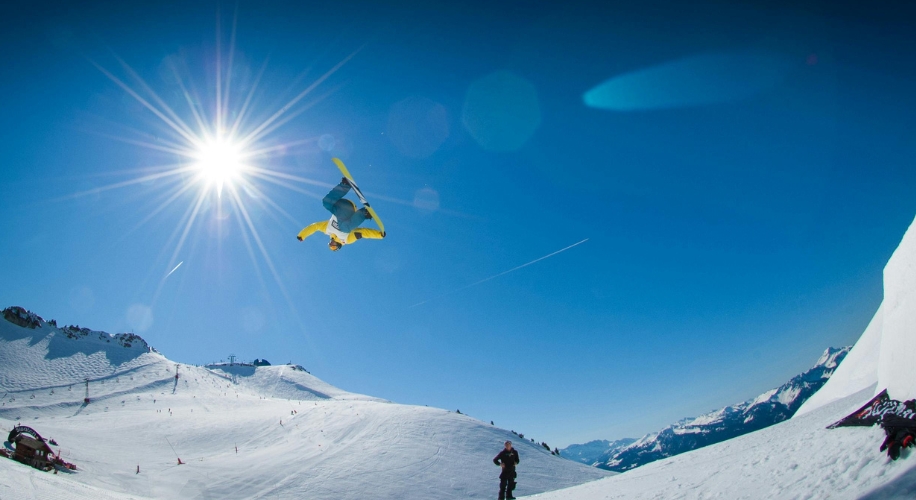Black Diamond Blues: Protecting Your Eyes Against Snow Blindness
- BY Catherine Ong
- IN Eye Care
Unveiling the Chill: Understanding Snow Blindness on the Slopes
As winter blankets the slopes in a pristine white, enthusiasts flock to indulge in exhilarating snow sports. However, amidst the thrill of snowboarding and skiing, there’s an unseen threat to your eyes—snow blindness also known as photokeratitis. Let’s delve into the mechanisms and effects of this condition to ensure your snowy adventures are both exciting and safe.

Photo from Pexels by Flo Maderebner
The Science Behind Snow Blindness
Snow blindness, essentially a sunburn to the eyes, occurs due to prolonged exposure to ultraviolet (UV) rays reflected off the snow. The cornea, the eye’s outermost layer, becomes damaged by UV light. This condition is a stark reminder of the importance of eye protection during snow sports.
What Does Snow Blindness Feel Like?
While symptoms can vary depending on severity, some common symptoms reported by the American Academy of Ophthalmology include:
- Pain or discomfort
- redness
- blurriness
- tearing
- sensitivity to bright light

How Do I Protect My Eyes from Snow Blindness?
When gearing up for the slopes, don’t forget to arm your eyes with the right protection. Wearing snow goggles or glasses will be your first line of defense against the harsh glare and reflection off the snowy landscape. It is generally considered safer to wear snow goggles while doing active snow sports due to added secureness and 360 degree protection, but there are also options for Over-the-Glasses snow goggles where you can get the best of both worlds! Here are some things to look out for in your lenses:
Polarized Lenses
Polarized lenses effectively combat the blinding glare caused by sunlight bouncing off the snow. By neutralizing horizontal light, they enhance visibility, reduce eye strain, and provide a clearer view of the wintry landscape.
Impact Resistant Lenses
During snow sports, unexpected encounters with branches, debris, or even a tumble on the slopes are not uncommon. Impact-resistant lenses add an extra layer of protection, reducing the risk of eye injuries and allowing you to enjoy your favorite winter activities worry-free.
Anti-Fog Coatings
It happens to everyone – you’re all warmed up but so are your lenses. It’s frustrating to have to remove your goggles or glasses to give them a brisk wipe only to get blinded by the snow before continuing on your way. Consider opting for anti-fog coatings or anti-fog wipes to help optimize your vision by minimizing fog and condensation.

Photo from Pexels by John Robert-Nicoud
See Clearly, Conquer Boldly
As snow season entices adventure seekers to the mountains, prioritizing eye safety becomes paramount. Arm yourself with snow-ready eyewear that not only complements your winter wardrobe but also shields your eyes from the potential hazards of snow sports. Embrace the slopes with confidence, knowing your vision is safeguarded.
